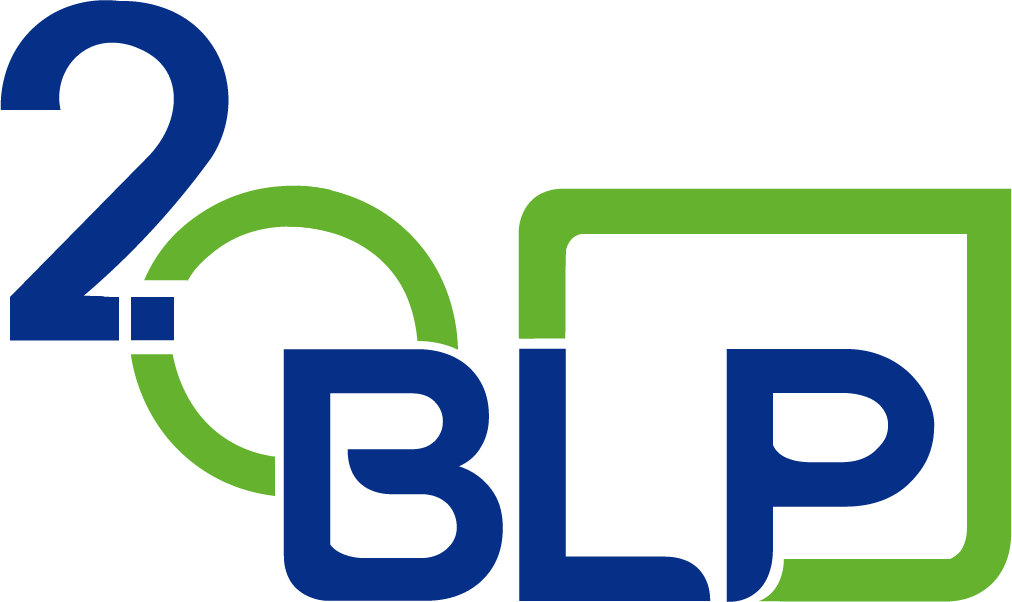Social media represent new challenges for those of us who work in the field of Intellectual Property. The unauthorized use of trademarks and their counterfeiting occur today in an environment that requires a different approach.
Social media, and particularly Instagram is the new “go to location” for the promotion and development of brands, through full interaction with consumers and fans. Instagram, defined as a visual platform to share photos and videos, was launched in 2010 and purchased by Facebook for $ 1 billion in 2012, and today is the fastest growing social network. By January 2019, it had more than 1 billion users, 3 times more than Twitter; the average daily likes on Instagram is 4.2 billion; its users upload more than 100 million photos daily, and in 2018 this social network’s advertising profits reached $7 billion and it is estimated that 98% of fashion-related brands use Instagram. See more statistics here.
This has caused the process of creating a brand to also evolve and go beyond the mere fact of designing a distinctive sign. Additionally, today this process involves concepts such as the creation of brand experience, brand language, development of the unique value proposition, brand promise, tone of voice of the brand.
At BLP we have been part of this process because for some time we have worked with MADRE CONSULTING, a company specialized in the creation and positioning of brands, providing legal advice to ensure that the desire of the employer and the work of MADRE CONSULTING result in a brand name or other sign susceptible to protection.
It is no longer about posters, advertising spots, or even websites. To be successful in trade, brands must have a “social life”. It is necessary that the brand is seen, liked and shared.
And of course, Instagram has also meant a new and better way for those who profit from the creations of others.
In the year 2016, the Washington Post published an extensive study entitled “Social Media and Luxury Goods, Counterfeit, A growing concern for government, industry, and consumers worldwide“, according to which by that time 20,892 Instagram accounts were detected that were selling luxury brands, with 14.5 million publications. The most counterfeit brands were: Chanel, Prada, Louis Vitton, Fendi, Gucci, Dior, Celine, Hermes. Of course, this phenomenon is not limited to luxury brands. If a brand sells, it will be the target of counterfeiters.
This will remain an unstoppable practice. Every day there are more virtual stores on Instagram, “boutiques” that offer fake products from clothing, accessories, makeup, footwear, and a long etcetera. A quick walk through the site will take us to pages where handbags are offered: Michael Kors, Louis Vitton, Chanel in conjunction with other items and accessories. Originals are put together with fakes. Others cut out and reuse photos of the original article taken from official pages; and the fakery comes together in an avalanche of content that destroys everything related to creation of experience, language, development of the unique value proposition, brand promise, tone of voice, all that the owner of the brand invests to develop it.
There is also the phenomenon of unauthorized use of the brand by third parties. In this new reality, the idea of attacking any use by a third party is currently not the most appropriate. On Instagram the unauthorized use of marks is intentionally and accidentally given every minute of the day, and the brand owner must know how to distinguish between bad faith use and use by a brand fanatic, and beyond that, he must know how to identify a simple fan, a micro influencer, macro influencer, and a celebrity.
As mentioned at the beginning, this new panorama invites the creation of new protection strategies so that brand owners can navigate these waters, seeking a “social life” as healthy as possible.
Here are some recommendations on the subject:
- This new reality must be recognized with all its benefits and dangers. There is no brand too big or too small for counterfeiters. It’s simple, if a brand sells, it will be the target of fakes. Therefore, as soon as you have defined the sign with which you will enter the market, you must register an official page of the brand.
- Constant audits on social networks must be carried out to detect references to their brands online. This will allow the owner of the brand to meet his audience, who talks about his brand and what is said about it and based on that design his protection strategy. There are companies whose job is to measure the effectiveness of brands in social networks.
- If you do not have a Brand Manager, look for one. A person with responsibility for national and international management, as the case may be, of the social life of the brand, who must work hand in hand with legal counsel. The fight against unauthorized uses and counterfeiting is more than ever a strategic issue, that of pure and harsh application of laws. Therefore, the advice must be permanent and proactive, there will be counterfeiters who will fall immediately to the full extent of the law while others will require the ongoing efforts of a long-term strategy.
It is crucial that both the Brand Manager and legal counsel are familiar with the intellectual property takedowns and procedures in social networks. Instagram usernames are granted in order of subscription. Therefore, trademark owners must be vigilant and register their signs on social networking sites as soon as possible.
- Education. Whenever possible, it is advisable to work with media and police and customs authorities to educate about the negative consequences of counterfeiting.
- Work holistically, identifying within each industry, key groups to combat counterfeiting as a collective.
The above is far from being a recipe to end this problem. It is, on the contrary, an invitation to reflect on the paths to be taken in this new battlefield for brands.
Orlando Cardoza.



